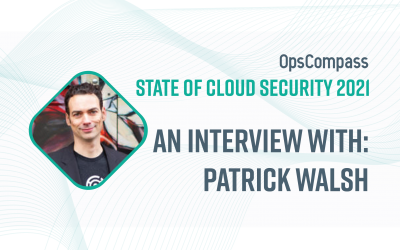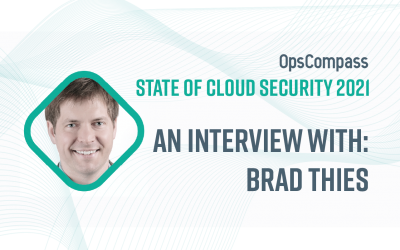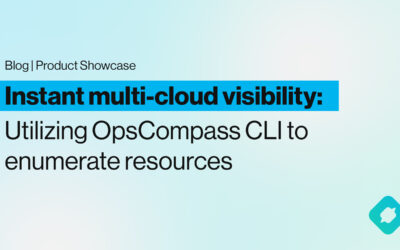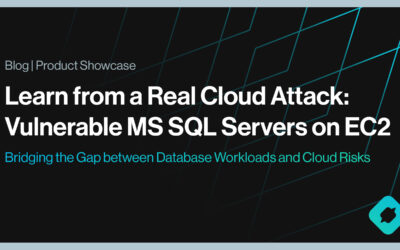As I speak with customers and partners, it’s striking how many of them are no longer making the choice between infrastructure in their own datacenter’s or going all-in on one of the public clouds. More and more companies are taking hybrid or multi-cloud approaches to their applications and infrastructure – a practice that maximizes the value and utility of the cloud. When you can right-size your infrastructure to be in line with the technical and cost requirements, you end up running more efficiently by providing more flexibility as time goes on and requirements change. In IT things are always changing so it’s wise to put a high premium on flexibility.
So why isn’t everybody right-sizing there workloads through a hybrid cloud model? Like everything else in IT, it really comes down to inertia and fear. The inertia stems from the propensity of organizations to continue to do what they’ve always been doing. It’s an easy route to take because it’s generally considered more difficult to get fired for a decision NOT made rather than to make the decision to blaze a new path. The fear component comes from, not only change, but the enterprises concerns over data security in the cloud. Recent analysis shows that data governance and security are major concerns for companies who are considering cloud computing.
The multi-cloud approach with it’s efficient, right-sized workloads and variable cost model is so obviously advantageous, what’s the best way to overcome the organizational inertia and fear and adopt this approach? We have a lot of experience in this realm since we offer public, private, and hybrid cloud services. Here are some things that we see successful companies doing to adopt a multi-cloud approach:
1. Find the low-hanging fruit
All workloads aren’t created equal. To make your first foray into the public cloud successful, start with an application that would be somewhat easy to move into a new environment. Examples would be a web application that runs on common database software and uses a fairly vanilla configuration. Often times the “low hanging fruit” are non-essential or internal applications. If your first migration to the public cloud is successful, it will be easier to get organizational support to move other applicable workloads there as well.
2. Leverage vendors and tools
Just like you use a wide range of software tools and vendors to run your datacenter, managing a multi-cloud environment should be no different. Like any good engineer would say, sometimes it’s about just having the right tools for the job. Leveraging vendors can allow you to ensure security, monitor performance, troubleshoot problems and increase the general reliability of your applications. The most powerful reason to do this is that it reduces the burden on your team and ultimately allows you to do much more with less.
3. Enforce consistency
Consistency is really important. Whether it’s OS configurations, access methodologies, or deployment processes, consistency increases stability and enhances security. As a matter of security and organization, your public cloud presence should be as consistent with your private cloud. This doesn’t have to mean they’re exact replica’s; it means that the general processes, guidelines, and procedures you use everywhere else are part of your public cloud environment, regardless of whether you use the exact same tools to achieve that parity. Enforcing consistency will save you headaches by minimizing mistakes and ensuring enterprise security regardless of where the data sits.






